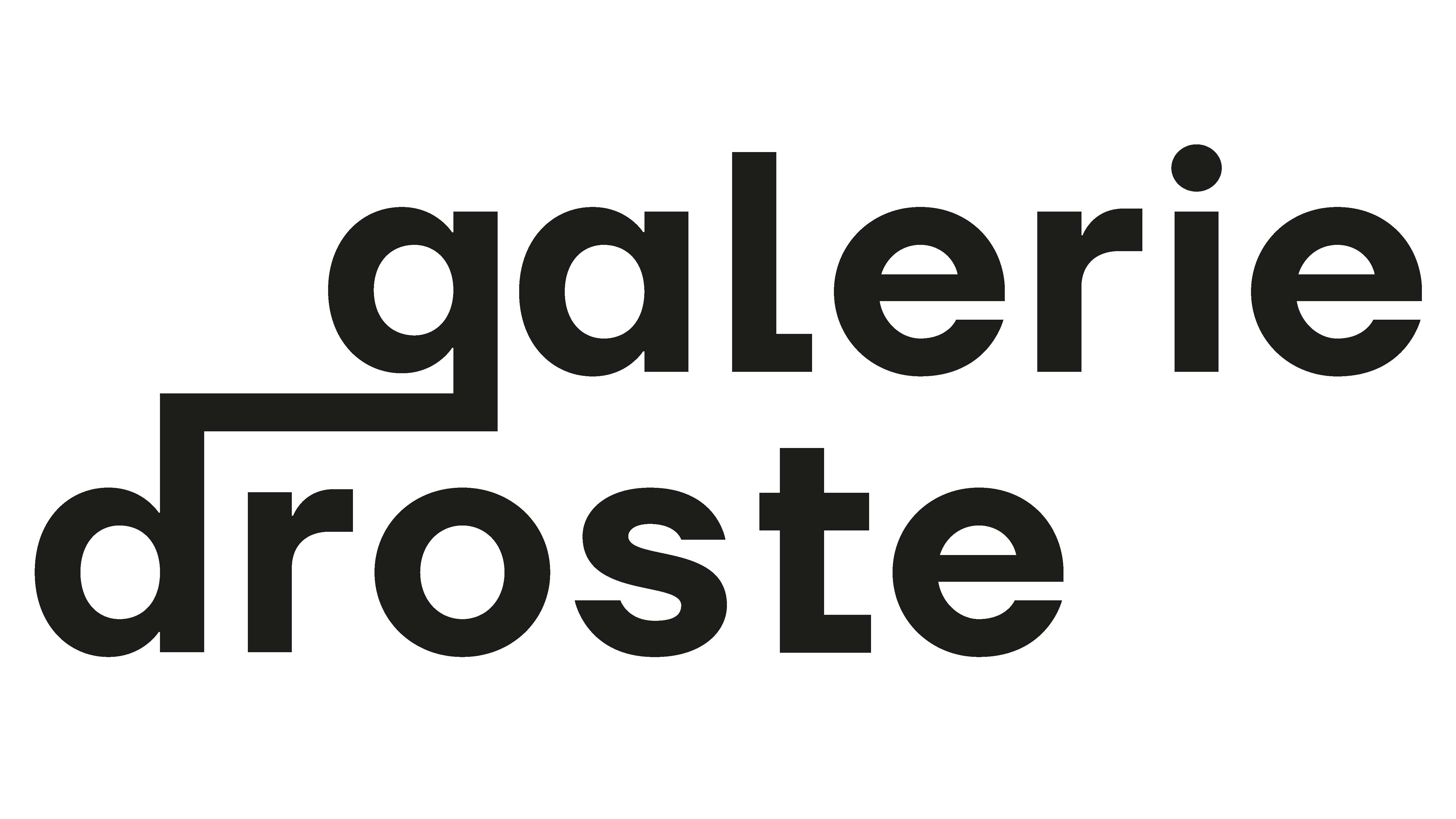In the Christian and Jewish faith, the Garden of Eden is a paradisiacal place where God created the first humans - Adam and Eve. Even outside the religious context, Eden stands symbolically for happiness, idyll and innocence. According to the story, Eve destroyed this peaceful state by eating an apple from the tree of knowledge and then persuading Adam to do the same. As punishment, both were banished from paradise by God. In her solo exhibition Leaving Eden, Lena Valenzuela refers to both vicious gluttony and the human characteristic of destroying perfect conditions. We all do things that are not good for us, are unhealthy or harmful to us. To visualize this behavior, Valenzuela paints people eating supposedly absurd objects.
The recurring protagonist is depicted in various stages of consumption. The fact that this modern interpretation of Eve manages without Adam could be interpreted as self-empowerment, if the sitter were not in a passive state. Astonishment speaks from her eyes, as if she does not quite know how she ended up in these situations. Valenzuela is also familiar with this feeling of lost control - a state in which she no longer acts autonomously but feels to be externally directed. She transfers an impression of looking at herself from the outside into her paintings. Accordingly, it remains open as to whether this is a group of different people or the alter egos of a single figure.
The artist began her initial studies for this group of works over a year ago. Conceptually, she explores her thematic worlds using various techniques and materials, such as ceramics, drawing, oil or watercolor painting. While transcendental themes such as ghosts and death previously played an important role, they have now vanished from the scenes. Now even more concretely, the question of being human and one's own state of mind is at the center of her work. The blue paintings, in which women with big bottoms and breasts pose next to horses, have been replaced by warm red and orange tones. Now the sitters, doll-like creatures with red dresses and puffed sleeves, appear almost lovely. But they are certainly not as graceful as the protagonists appear. A touch of morbidity remains in the works: It is often unclear whether the food is being kissed or nibbled on, spat out or choked down.
Leaving Eden also heralds a technical change: Glazing, for example, is new - a painting technique in which Valenzuela applies thin, translucent layers of paint on top of each other to achieve depth and luminosity. The artist works less impasto than before, which makes the bodies look much softer. The numerous layers create a translucent overall picture that seems to glow from within. This diffuse luminescence lends the painting a surreal-magical character. Despite several biblical references, including symbols such as snakes, wine goblets and fish, the exhibition is not about religion. And the theme of food must also be understood in a wider context.
Lena Valenzuela deals with greed, the lack of pleasure and the ambivalence between lust and the agony of indulgence. Her pictures are calm, showing no ecstasy and no extravagant feasts. The sitters devour food thoughtfully, almost trance-like, in a state between consciousness and rapture. Only the destructive aspect is a constant aftertaste. Perhaps the so-called “Fall of Man”, the eating of the forbidden fruit in paradise, was not a conscious decision either. The artist seems to suggest that such counterproductive behavior is part of human nature. Leaving the Garden of Eden means taking responsibility, no longer being wrapped in cotton wool, feeling the harsh reality. And then to wonder how you actually ended up here.
Lena Valenzuela (*1989, DE) lives and works in Berlin, Germany. She graduated from the Universität der Künste Berlin in the class of Valérie Fabre.
- Julia Meyer-Brehm
REQUEST OVERVIEW


